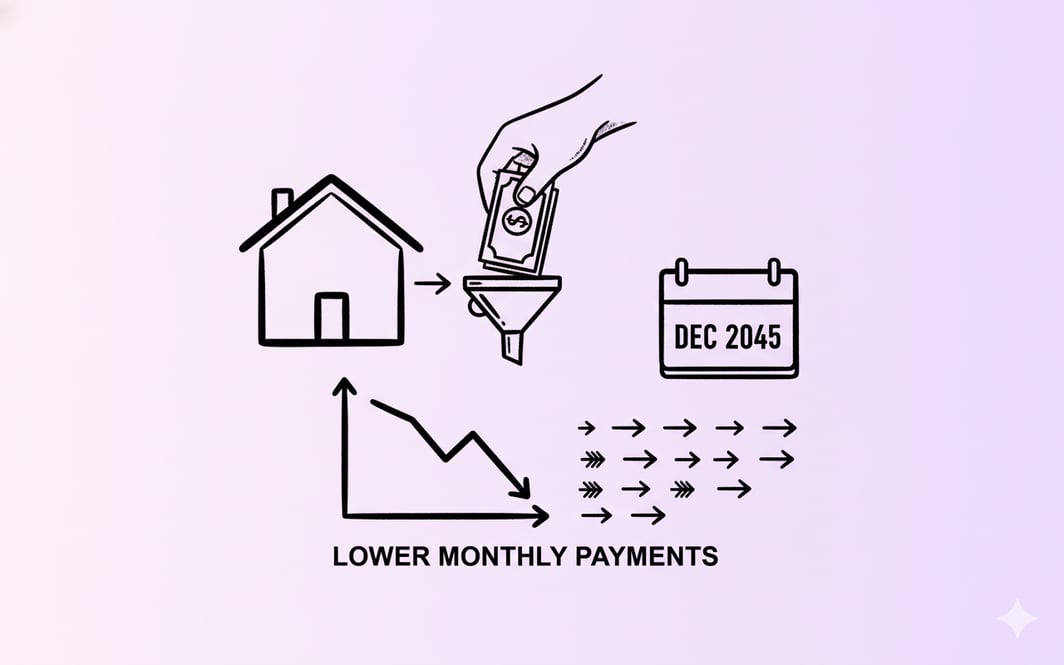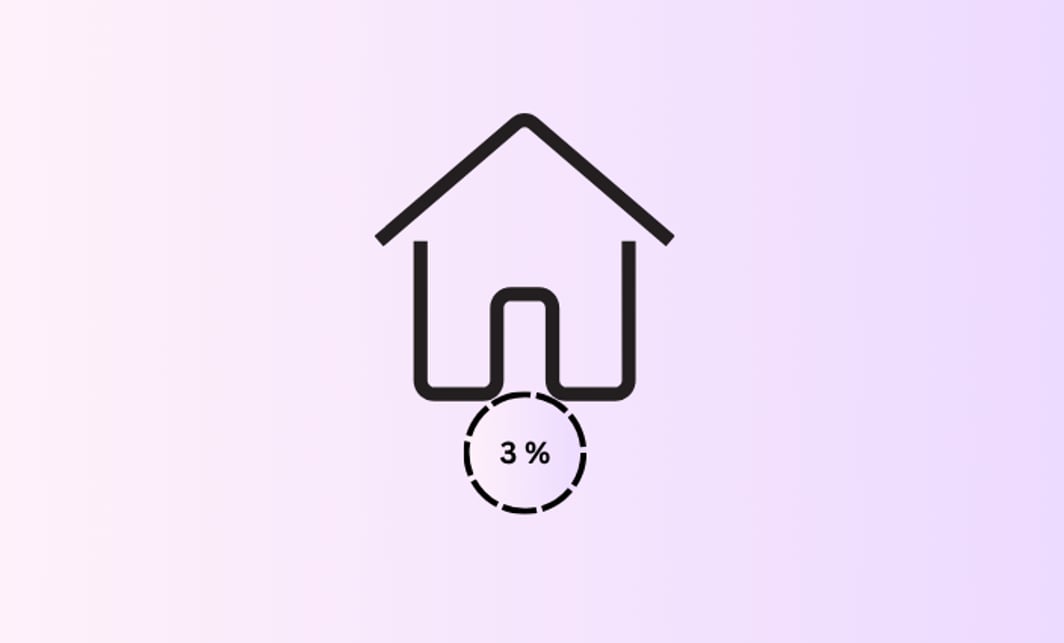As Australian home loan holders, first-home buyers, and property investors prepare their finances for 2025, understanding the nuances of home loan features becomes more important than ever. With fluctuating interest rates, tighter credit conditions, and evolving regulatory landscapes, choosing the right loan features can significantly impact your financial flexibility, cash flow, and overall cost of borrowing.
Two of the most popular home loan features available in Australia today are offset accounts and redraw facilities. Both offer ways to reduce the interest payable on your mortgage, but they operate quite differently and suit different borrower profiles and financial goals. This article explores the essentials of each, compares their advantages and limitations, and provides actionable insights tailored for Australian borrowers in 2025.
Why home loan features matter in 2025
In 2025, borrowers face a complex environment:
- Cash Flow Management: With rising living costs and variable incomes, borrowers need flexible access to funds without penalty.
- Interest Rate Volatility: Even small differences in interest costs can add up over the life of a loan.
- Regulatory Changes: New rules on fees, withdrawal restrictions, and tax treatment affect how effective loan features are.
- Investment Strategies: Property investors must weigh tax implications carefully when choosing loan features.
Choosing between an offset account and a redraw facility—or deciding to use them in combination—can help you optimise interest savings, maintain liquidity, and better align your loan with your financial goals.
What is an offset account?
An offset account is a transaction or savings account linked directly to your home loan. The balance in this account is offset daily against your loan balance when calculating interest. For example, if your loan balance is $400,000 and you have $50,000 in your offset account, you only pay interest on $350,000.
How does an offset account work?
- You deposit your salary, savings, or other funds into the offset account.
- The lender calculates your daily interest on the net loan balance (loan amount minus offset balance).
- This reduces the interest payable and can shorten your loan term.
- You can withdraw funds anytime without restrictions, just like a regular bank account.
Pros and Cons of offset account
pros
Provides immediate interest savings on your loan by reducing the principal for interest calculation
Funds are fully accessible at any time with no withdrawal restrictions or fees
Improves cash flow flexibility — ideal for managing day-to-day expenses
Helps with better loan amortisation by lowering the principal daily
cons
May have monthly account-keeping fees (typically $10-$15)
Interest saved is not tax-deductible for investment loans, reducing potential tax benefits
Not suitable if you want to maximise tax deductions on investment loans
Requires discipline to maintain a healthy balance for meaningful benefits
What is a redraw facility?
A redraw facility allows you to make extra repayments on your home loan and then withdraw those extra funds if needed. Unlike an offset account, redraw funds are part of your loan balance and are not held separately.
How does a redraw facility work?
- You pay extra on top of your minimum loan repayments.
- These extra funds reduce your loan principal immediately, lowering interest payable.
- If you need cash, you can redraw the extra repayments subject to lender rules.
- Withdrawals may have minimum amounts, fees, or processing delays.
Pros and Cons of redraw facility
pros
Can reduce interest costs and loan term by making extra repayments
No ongoing account-keeping fees in most cases
Interest saved may be tax-deductible for investment loans, preserving tax benefits
Encourages disciplined repayment habits
cons
Withdrawals often have minimum redraw amounts (e.g., $500-$1,000) and fees ($10-$20 per redraw)
Access to redraw funds can be restricted or delayed (redraw freezes or limited frequency)
Less flexible than offset accounts — not ideal for frequent or immediate access to funds
Redraw funds are part of the loan, so withdrawal reduces principal and affects amortisation
Offset vs Redraw: key differences
When to use an offset account – scenarios and borrower profiles
An offset account is often the better choice if you:
- Have variable or irregular income and need flexible access to savings.
- Want to use your savings daily without locking funds away.
- Prefer simplicity and convenience for managing cash flow.
- Are a first-home buyer or owner-occupier focusing on reducing overall interest costs.
- Seek to shorten your loan term without sacrificing liquidity.
- Want to avoid fees associated with redraw facilities.
Example borrowers who benefit:
- Young professionals with fluctuating income.
- Families managing multiple expenses with a need for instant access to funds.
- Borrowers who want to consolidate income and savings into one accessible account.
When to use a redraw facility – scenarios and common limitations
A redraw facility suits borrowers who:
- Are disciplined and can commit to extra repayments without frequent withdrawals.
- Want to maximise tax deductibility on investment property loans.
- Can tolerate restrictions like minimum redraw amounts and fees.
- Prefer to reduce their loan principal quickly but still want the option to access surplus funds occasionally.
Common limitations in 2025:
- Minimum redraw amounts typically range from $500 to $1,000.
- Withdrawal fees between $10 and $20 per transaction.
- Redraw freezes or restrictions imposed by some lenders to manage risk.
- Processing delays of 1-3 business days are common.
- Some lenders restrict redraw access if offset accounts are heavily used.
Offset and Redraw for investment loans – Tax and cash flow differences
For property investors, the choice between offset and redraw has significant tax consequences.
- Offset accounts reduce the interest charged on your loan by offsetting principal with the account balance. This means your interest expense—and therefore your tax-deductible interest—is reduced. While this lowers interest costs, it also lowers tax deductions, potentially increasing taxable income.
- Redraw facilities allow extra repayments to reduce your loan principal and interest costs, but until you withdraw these funds, the loan balance remains higher for tax calculation purposes. This means you pay more interest (which is tax-deductible), preserving your tax deductions but increasing actual interest paid.
Generally:
Property investors prioritising tax efficiency might prefer redraw facilities, while those focused on interest savings and liquidity may choose offset accounts.
Risks or restrictions to know in 2025
Regulatory and lender policy updates
- Fee Transparency: Lenders must now disclose all fees related to offset accounts and redraw facilities clearly.
- Withdrawal Restrictions: Redraw facilities often have minimum withdrawal amounts and limited redraw frequency. Some lenders have introduced redraw freezes or delays to mitigate risks.
- Offset Fees: Some lenders charge monthly fees for offset accounts, impacting overall cost-effectiveness.
- Combined Use Limitations: Not all lenders allow combined use of offset and redraw features, or they impose restrictions to avoid overlap and confusion.
Tax implications
- Mixing personal and investment funds in offset accounts can complicate interest deductibility claims.
- Redraw withdrawals do not affect loan interest deductions but may impact cash flow.
- Borrowers should consult tax advisors to align loan features with investment strategies.
Case study comparison
Scenario: Two borrowers with similar $500,000 loans at 6% variable interest over 30 years.
Offset + Redraw? Can you combine both for strategic advantage?
Many lenders in 2025 offer loans with both offset accounts and redraw facilities, but policies vary:
- Combined use can provide maximum flexibility and interest savings.
- Offset accounts provide daily interest offsetting and liquidity.
- Redraw facilities allow extra repayments with tax benefits for investors.
- However, lenders may restrict redraw access if offset balances are high or impose fees.
- Borrowers should carefully review product disclosure statements and consider potential fees or restrictions.
Using both features strategically can optimise financial flexibility in home loans, but requires careful management and understanding of lender rules.
Summary: which is best for you?
In 2025, offset accounts generally provide superior cash flow flexibility and immediate interest savings, making them ideal for most owner-occupiers and first-home buyers. Redraw facilities are better suited for investors focused on maintaining tax deductibility and disciplined repayment strategies.
Always consider fees, tax implications, lender restrictions, and your personal financial behaviour before deciding.
Next Steps
Use Bheja.ai’s Home Loan Health Check to evaluate your current home loan setup, compare offset vs redraw options, and receive personalised recommendations tailored to your financial goals in 2025.
FAQ
Offset accounts offer greater liquidity and flexibility with immediate interest savings, ideal for those needing cash flow management. Redraw facilities are better for disciplined borrowers prioritising tax deductibility, especially investors. The best choice depends on your financial goals and borrowing behaviour .
This article is intended to provide Australian home loan borrowers with a clear understanding of offset accounts and redraw facilities in 2025. For personalised advice, consult with a qualified mortgage broker or financial planner.




